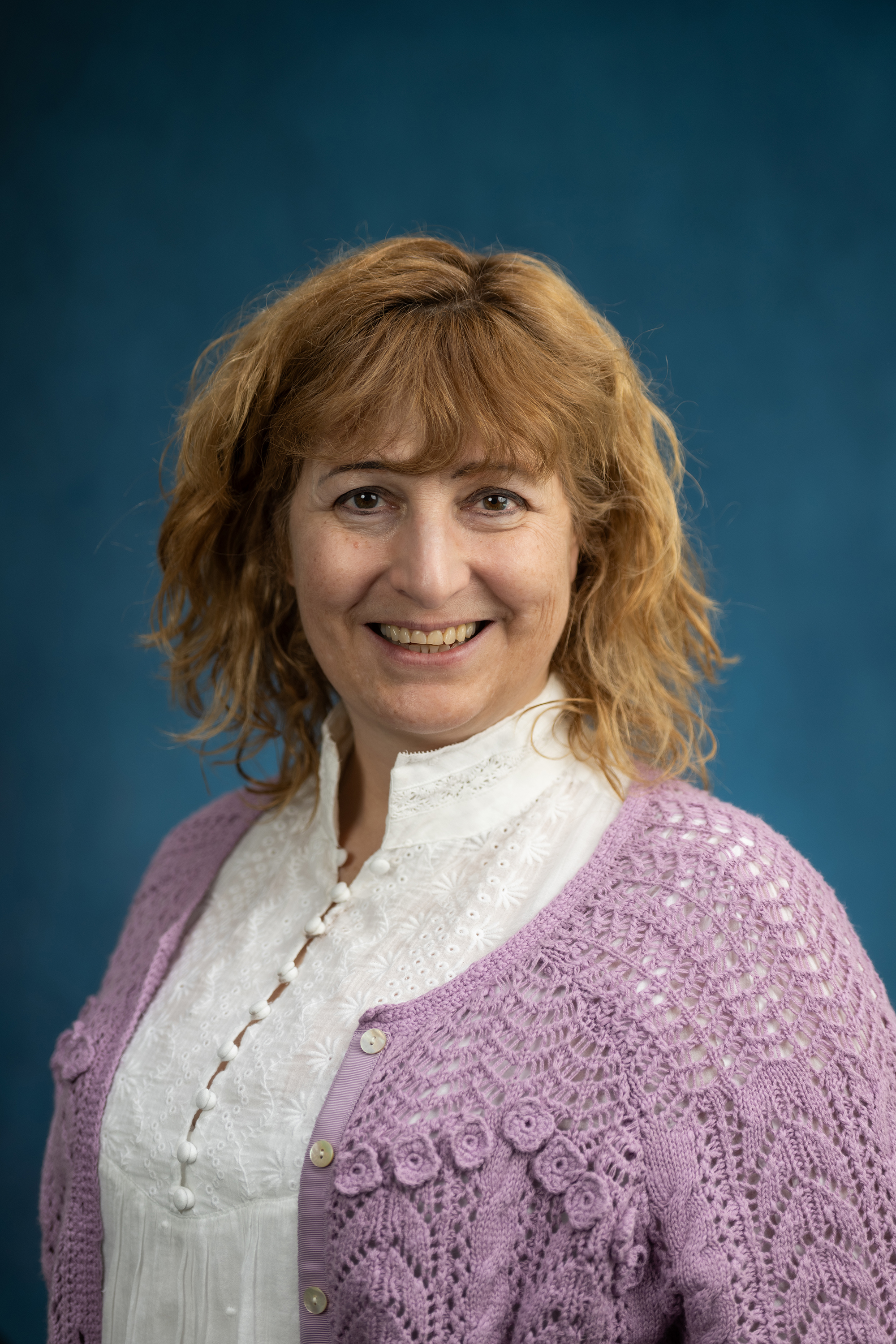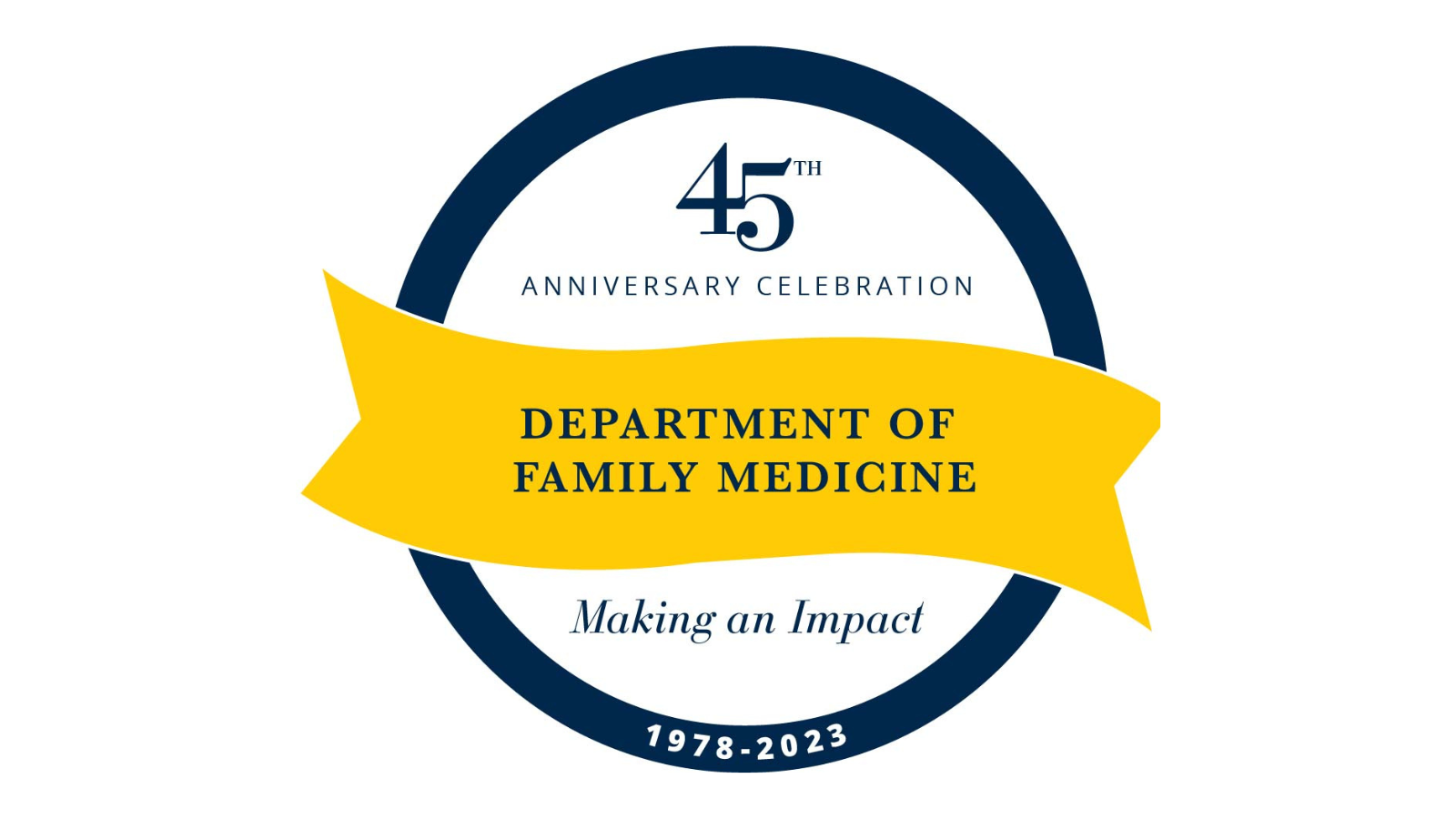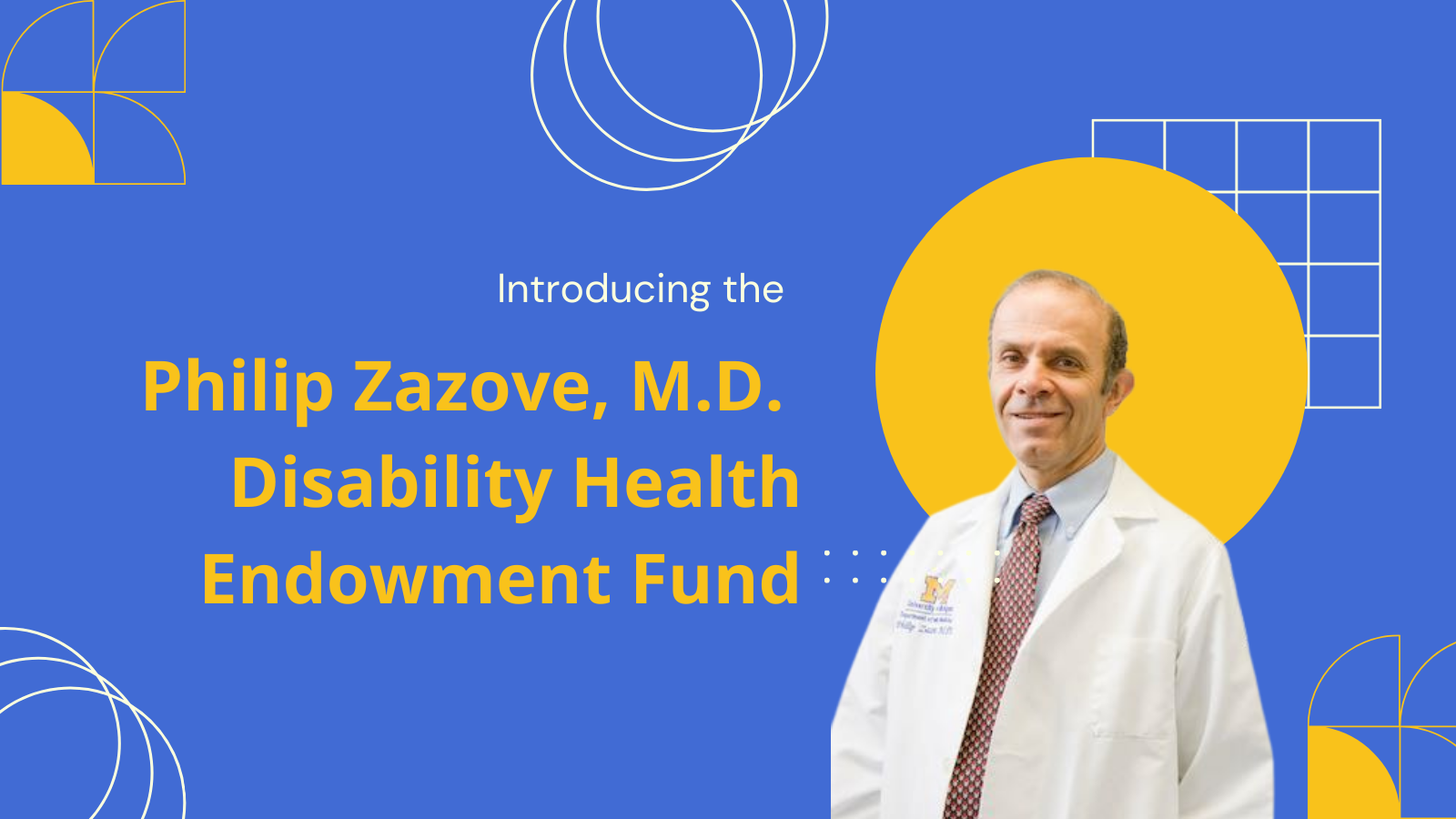Researchers from the Department of Family Medicine and the Department of Obstetrics and Gynecology at the University of Michigan surveyed clinicians at almost 300 U.S. hospitals to assess current stillbirth bereavement care practices and how they vary across those organizations. The study found significant service gaps between larger, more urban, teaching-based hospitals and smaller, more rural hospitals with lower birth volumes.
Study results were recently published in the paper, “Gaps in Stillbirth Bereavement Care: A Cross-Sectional Survey of U.S. Hospitals by Birth Volume,” in the Maternal and Child Health Journal.
Led by Associate Professor Katherine J. Gold, MD, MSW, MS, of U-M Family Medicine and the Department of Obstetrics and Gynecology, the study group examined American Hospital Association data and identified 396 hospitals with respondents who agreed to take a special team-designed survey about stillbirth bereavement care practices. The researchers received 289 usable surveys, which represented 48 states, Guam, and the District of Columbia.
The team found that one-third of surveyed hospitals (n=96, 33%) reported staff that had protected time for perinatal bereavement care. Of 17 bereavement topics, only six were routinely addressed by at least two-thirds of hospitals. Those topics included normal grieving following a stillbirth or death of an infant; risks for mental health or substance use following loss; impact of the loss on a marriage or relationship; and impact of the loss on a father.
Barriers to offering adequate care, more pronounced at small hospitals, included financial limitations and lack of staff education. Larger hospitals were more likely to have staff that could address stillbirth bereavement-related topics and refer patients to community bereavement resources.
Gold et al found that most hospitals provided tangible memorabilia after a loss, such as a memory box, handprints or footprints, or card or sheet that included newborn weight. Almost three-quarters of surveyed hospitals reported routinely providing education about the normal grieving process. Two-thirds (68.9%) offered families a hospital contact for follow-up care. However, only half addressed risks for mental health or substance use (48.4%); grief of fathers or partners (54.7%); or the impact of loss on marriage or relationships (46.4%).
Only a third of surveyed hospitals routinely offered sex and intimacy education post-loss (37.0%) or issues related to returning to work (31.1%). Approximately 56% offered parents resources to connect with other families and only about 50% provided online support resources.
“While care and education suffer from lack of funding and limited protected time at most institutions, the intense and traumatic nature of stillbirth make it essential that parents are cared for by sensitive and well-trained staff during their delivery stay,” Gold et al write.
Gold added: “One of the most shocking things to me in this survey was that hospitals report they are often not talking to parents about some of the most basic elements of grief and loss—e.g. normal bereavement, impacts on relationships, how to tell siblings, or how to return to work. I think that was perhaps the most disappointing finding for me was that we often aren’t helping parents anticipate what to expect once they leave the hospital.
“We also need those of us working in larger hospitals to take responsibility to help share resources with smaller institutions so that parents can get similar bereavement support, no matter the volume of the hospital.”
Article citation: Gold, K. J., Boggs, M. E., & Plegue, M. A. (2023a). Gaps in stillbirth bereavement care: A cross-sectional survey of U.S. hospitals by birth volume. Maternal and Child Health Journal. https://doi.org/10.1007/s10995-023-03861-8



